Table of Contents
Making your home as energy efficient as possible has become more important than ever, as energy costs rise and environmental concerns grow. Not only can energy-efficient electrical solutions save you money on utility bills, but they also reduce the impact your home has on the environment, contributing to a healthier planet. Here are some effective strategies to improve the energy efficiency of your home.
1. Upgrade to LED Lighting
One of the most effective (and simplest) ways to reduce energy consumption in your household is to switch to LED lighting. LEDs use up to 75% less energy than incandescent bulbs. What’s more, they even last up to 25 times longer. They produce less heat, reducing cooling costs in the summer, and are available in a variety of colors and styles to suit any décor.
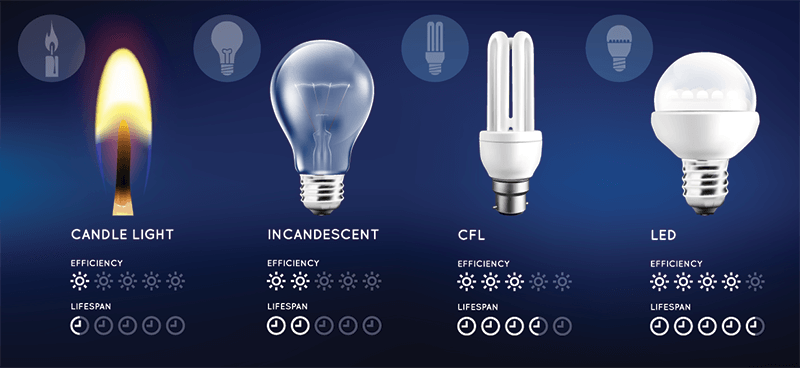
What’s even better is that you’ll save money by using LED lights!
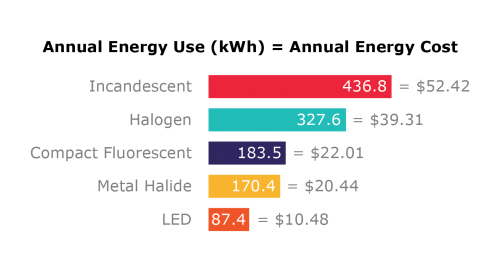
2. Install Smart Thermostats
Smart thermostats can significantly enhance the energy efficiency of your home’s heating and cooling systems. These clever devices learn your schedule and preferences, automatically adjusting the temperature of each room to save energy when you’re not home. You can even control many smart thermostats remotely via apps, so you can make adjustments on the go.
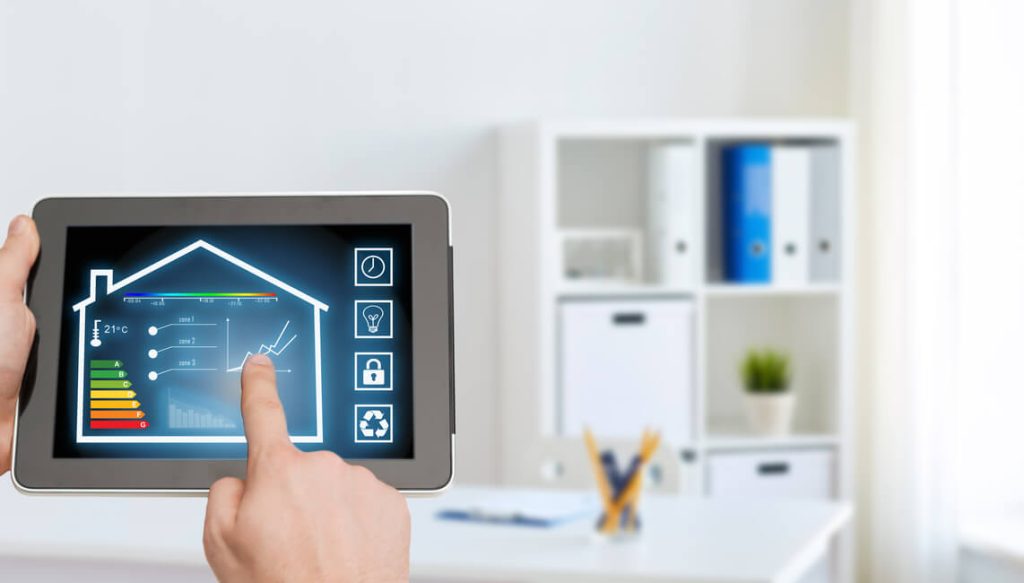
3. Implement Power Strips and Surge Protectors
Many electronic devices consume energy even when they’re turned off, a phenomenon known as “phantom load” or “standby power.” Using advanced power strips and surge protectors can mitigate this issue. These devices can cut power to appliances when they’re not in use, preventing unnecessary energy drain. At an online store like Powerpoint Electrical, you can find the right electrical items for your home, including items like weatherproof switches and cables and accessories.
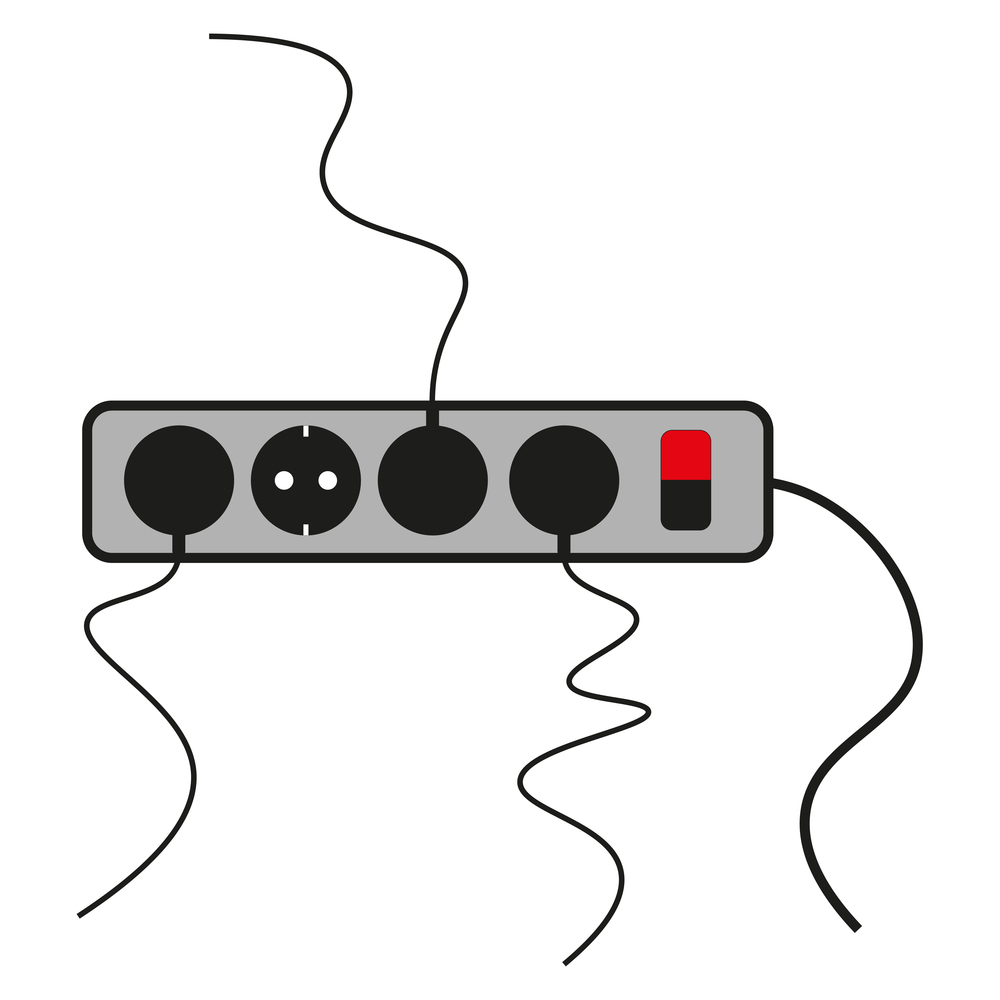
4. Enhance Insulation and Seal Gaps
Proper insulation in your home’s walls, attic, and floors can greatly improve energy efficiency. Additionally, sealing gaps around windows, doors, and other openings can prevent air leaks, reducing the burden on your heating and cooling systems. This not only conserves energy but also ensures a more comfortable living environment.
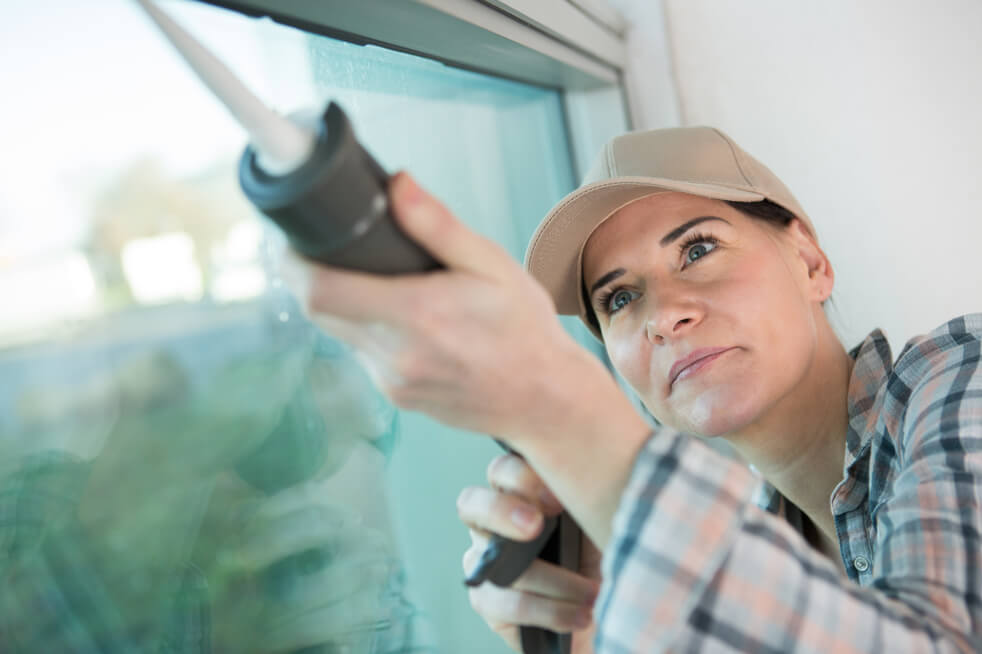
5. Optimize Water Heating Systems
Heating water for a range of reasons accounts for a substantial portion of home energy use. Consider upgrading to a tankless water heater. This type of heater heats water on demand rather than maintaining a reservoir of hot water. Furthermore, insulating your water heater and the first few feet of hot water pipes can minimize heat loss and save energy.
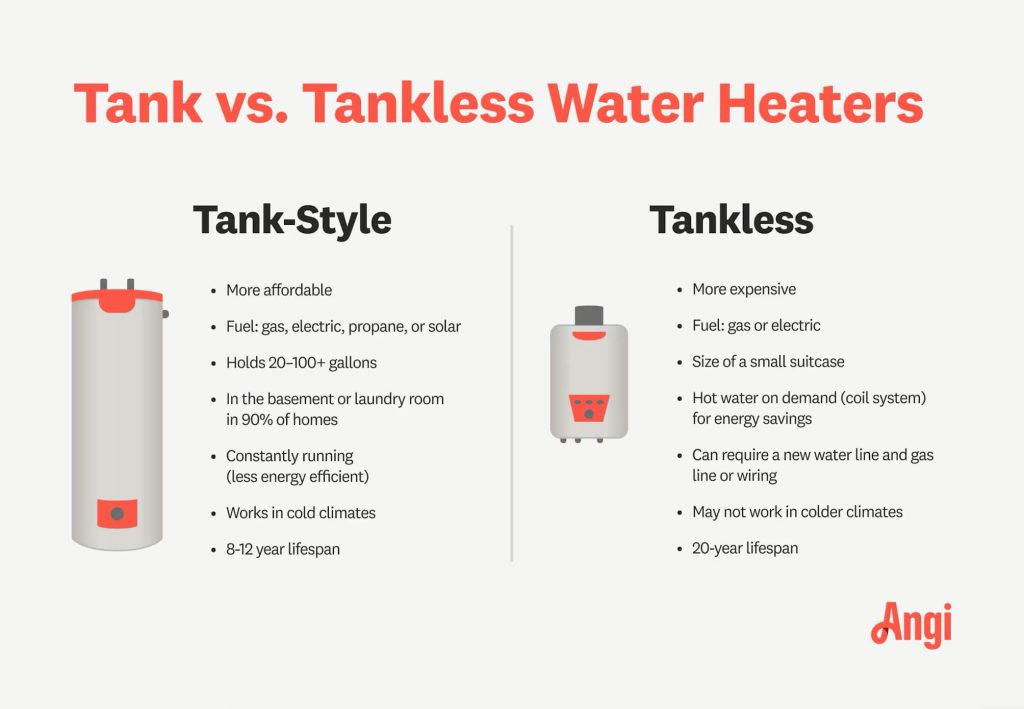
6. Adopt Energy-Efficient Windows
Upgrading to energy-efficient windows can reduce the amount of heat lost during the winter and keep your home cooler in the summer. Look for windows with low-emissivity (Low-E) coatings, double or triple glazing, and insulated frames. These features help to maintain a consistent indoor temperature, reducing the need for excessive heating or cooling.
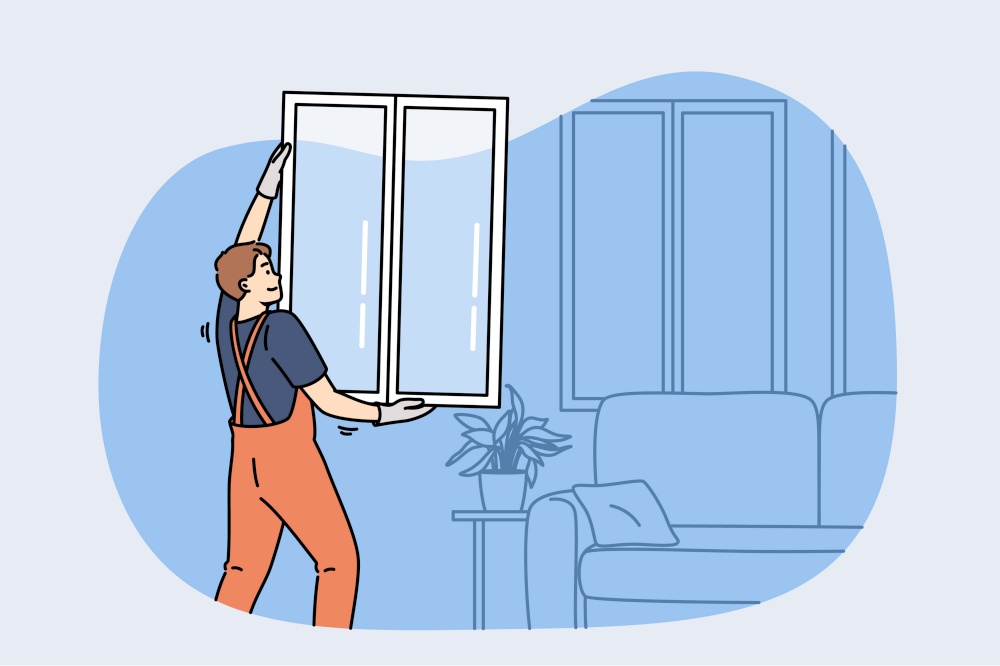
7. Utilize Ceiling Fans
Ceiling fans help to circulate air, which makes your home feel cooler in the summer and warmer in the winter. In the summer, set fans to rotate counterclockwise to create a cooling breeze. In the winter, reverse the direction to clockwise to push warm air down from the ceiling. Using ceiling fans can reduce the need for air conditioning and heating, saving energy.
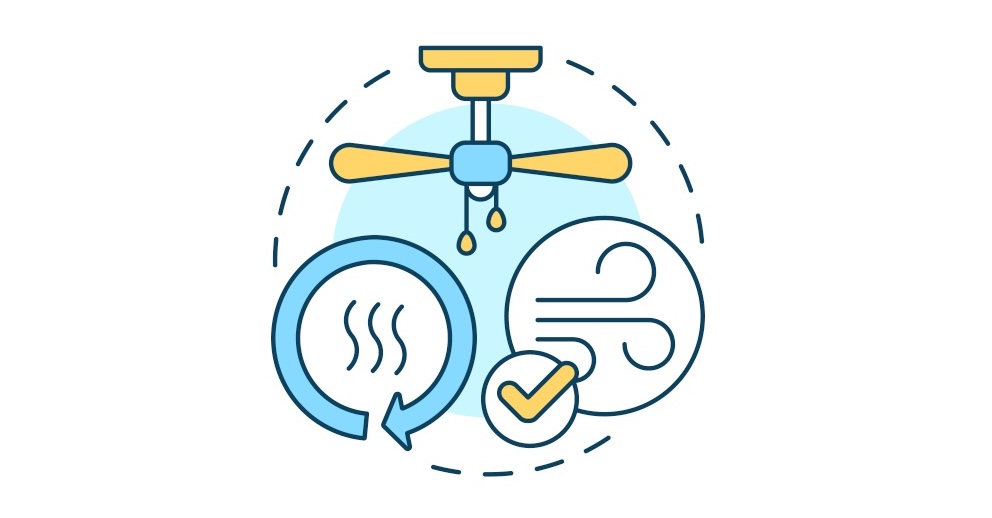
Final Thoughts
Adopting energy-efficient electrical solutions is a smart way to save money and protect the environment. By making small changes, such as upgrading to LED lighting or installing smart thermostats, to larger investments like solar panels and energy-efficient appliances, you can significantly reduce your energy consumption. Embrace these strategies to create a more sustainable and cost-effective home.
